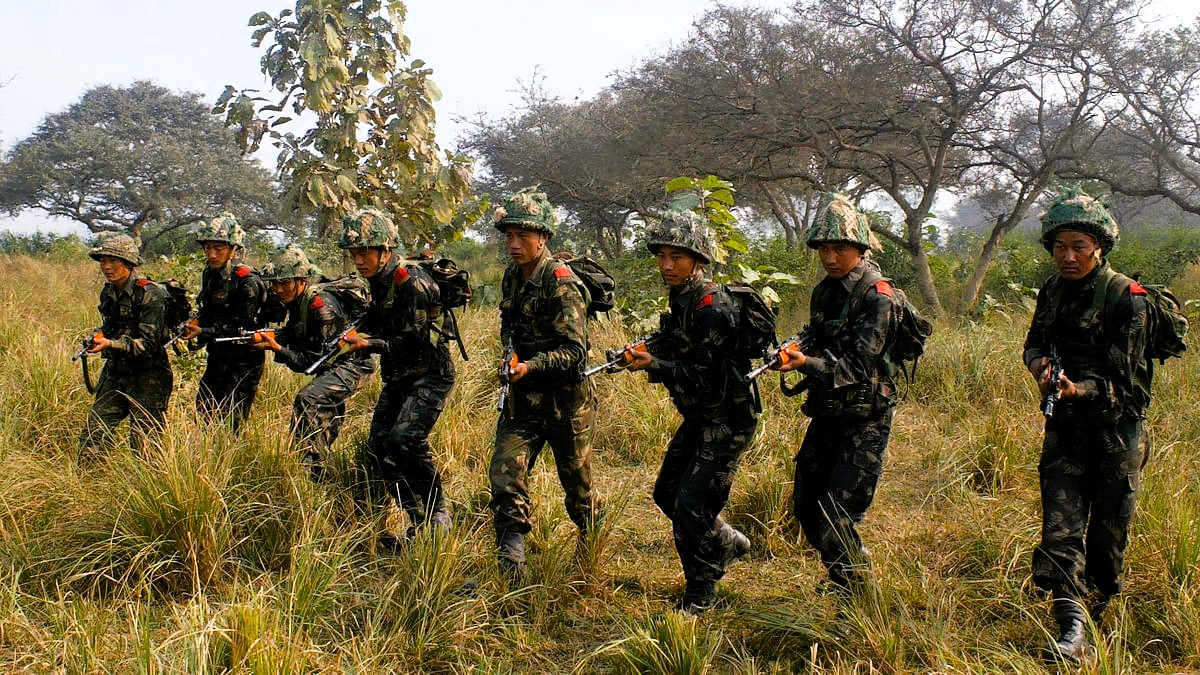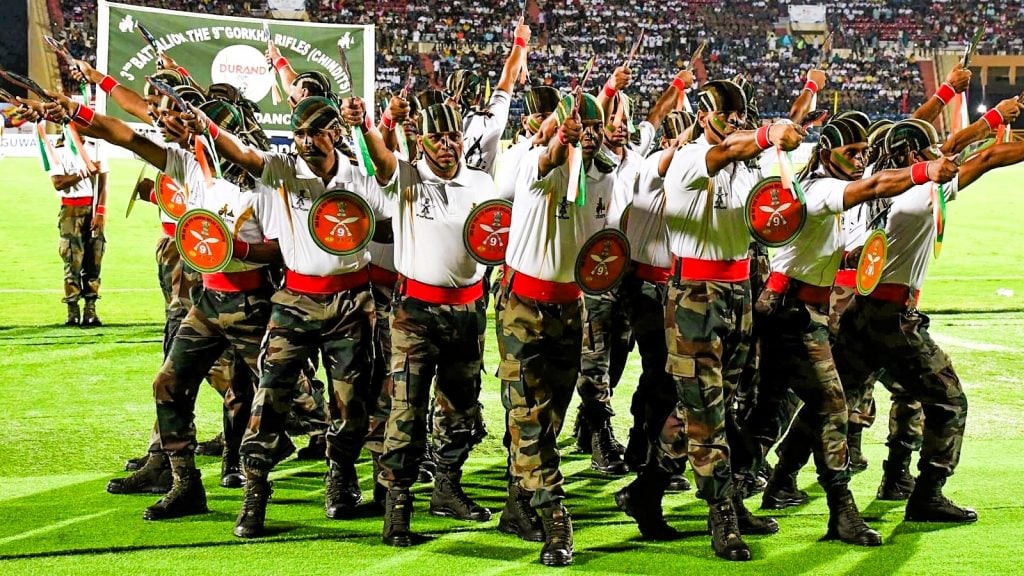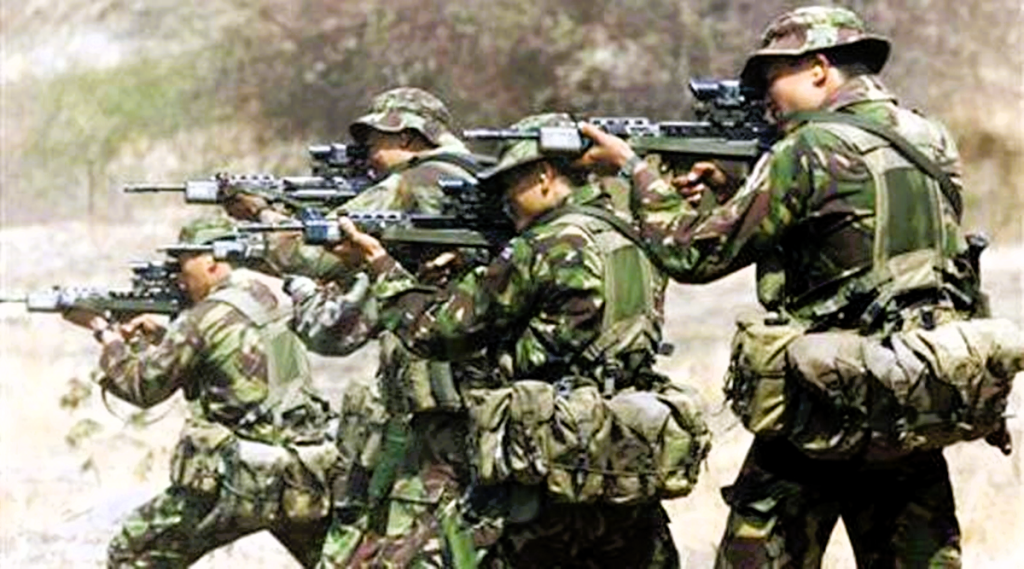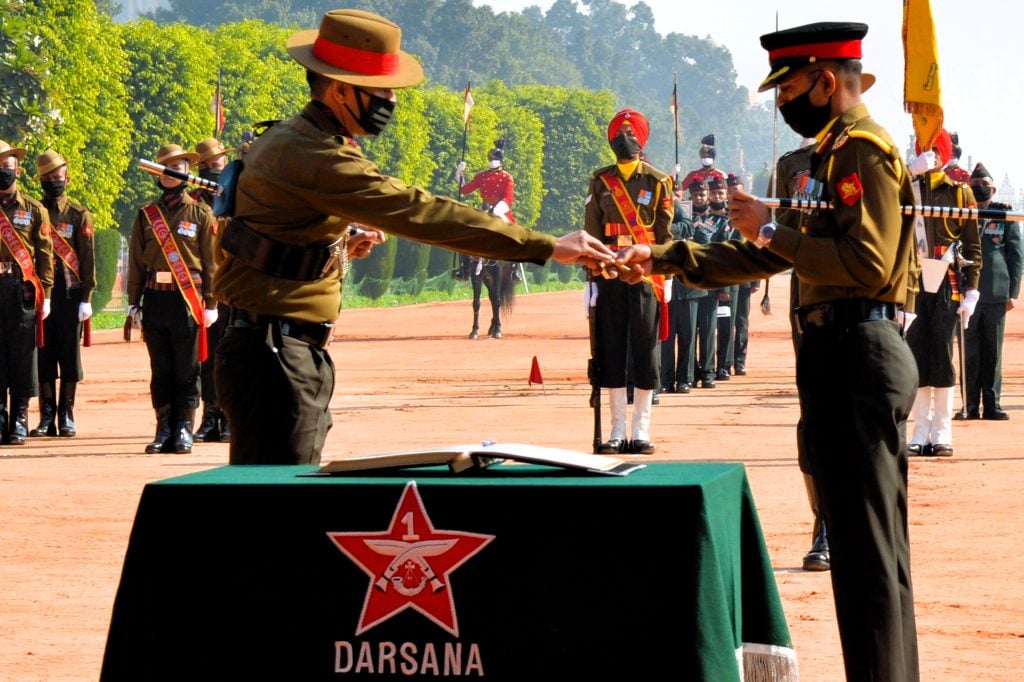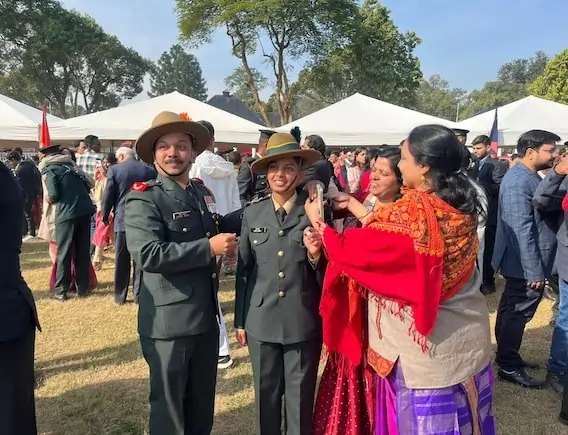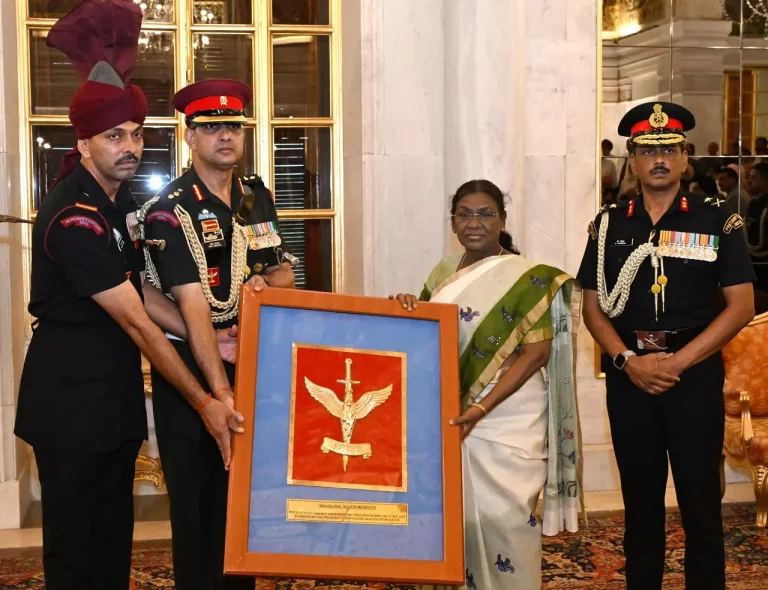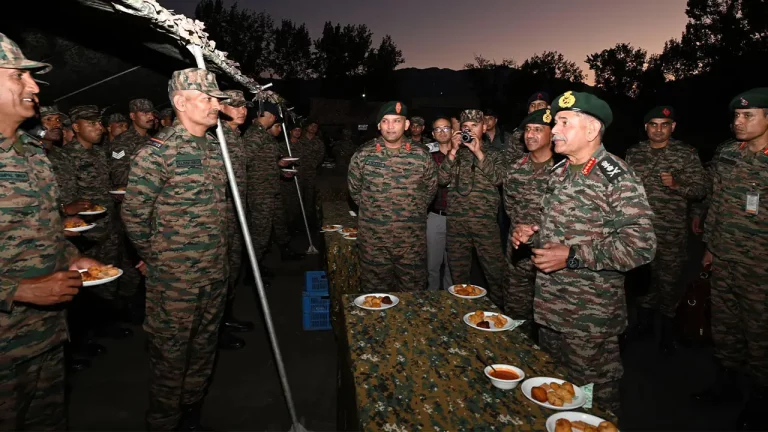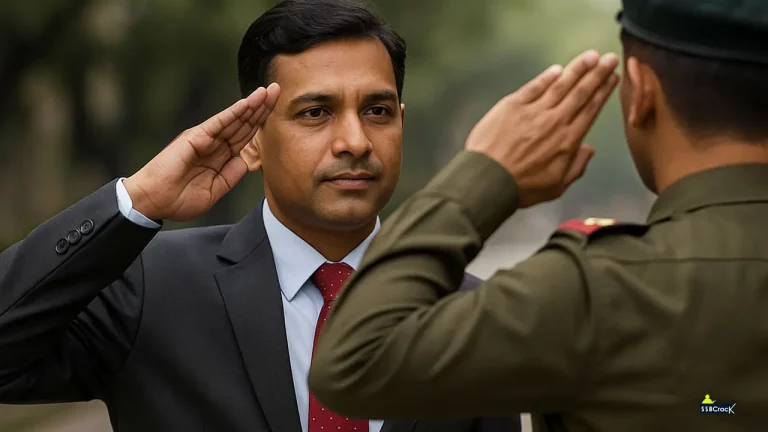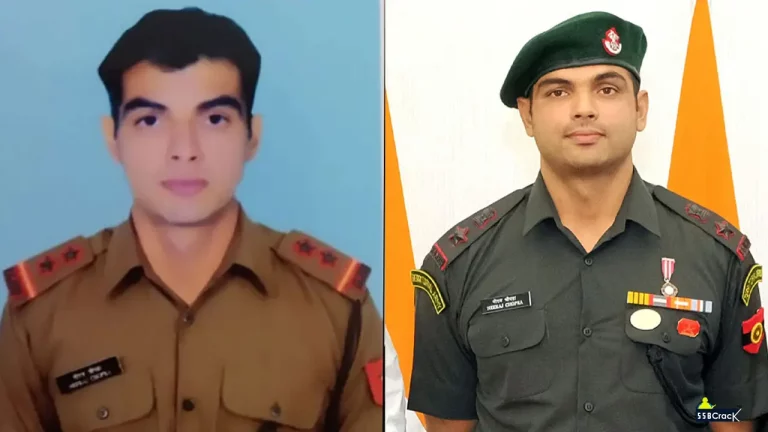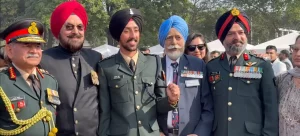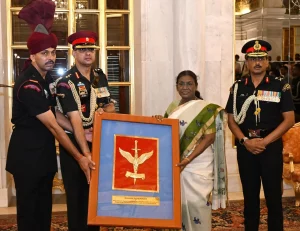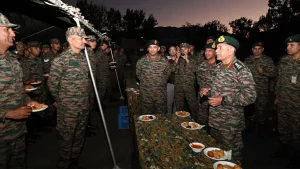The Gorkha Regiment stands as a stalwart of the Indian Army, renowned for its rich heritage, unwavering bravery, and significant contributions to both national defense and global peacekeeping missions. Here, we delve into 16 key facts that illuminate the illustrious history and traditions of this esteemed infantry regiment.
1. Origins and Establishment
The Gorkha Regiment traces its origins to 1815, emerging from the valiant Gorkha soldiers of Nepal who demonstrated exceptional military prowess during the Anglo-Nepalese War. Known for their fierce loyalty and martial skills, these soldiers were integrated into the British Indian Army, marking the beginning of a storied legacy.
2. Structure and Battalions
Comprising seven battalions, the Gorkha Regiment is structured to honor its diverse traditions and battle honors. These battalions include the 1st, 3rd, 4th, 5th, 8th, 9th, and 11th Gorkha Rifles, each distinguished by its unique contributions to military history and its role in contemporary operations.
Table 1: Gorkha Regiment Battalions
| Battalion | Year Established | Notable Contributions |
|---|---|---|
| 1st Gorkha Rifles | 1815 | World Wars, Indo-Pak Wars, UN Missions |
| 3rd Gorkha Rifles | 1815 | Gallantry Awards, Counter-Insurgency Ops |
| 4th Gorkha Rifles | 1857 | Victoria Cross Awardees |
| 5th Gorkha Rifles | 1858 | Kargil War, Peacekeeping Missions |
| 8th Gorkha Rifles | 1824 | Siachen Glacier Operations |
| 9th Gorkha Rifles | 1817 | Burma Campaign, Indo-China War |
| 11th Gorkha Rifles | 1918 | Sino-Indian War, UN Operations |
3. Recruitment and Training
Recruitment into the Gorkha Regiment primarily draws from Nepal and Indian states such as Uttarakhand, Himachal Pradesh, Darjeeling, and Sikkim. Prospective soldiers undergo rigorous training, emphasizing mountain warfare, physical fitness, and leadership development at the Gorkha Training Center (GTC) in Shillong, Meghalaya.
4. Military Campaigns and Wars
The regiment has played pivotal roles in numerous military campaigns, spanning from the World Wars to the Indo-Pakistani conflicts and modern-day counter-insurgency operations. Their battlefield exploits underscore their reputation for bravery and operational effectiveness across diverse terrains.
5. Distinctive Uniform and Symbols
Gorkha soldiers are easily recognizable by their distinctive uniform, which prominently features the khukuri—a traditional Nepalese knife carried in a scabbard on their belts. The khukuri symbolizes bravery and is integral to their cultural identity and ethos.
6. Gallantry Awards and Recognitions
The Gorkha Regiment has garnered widespread acclaim for its gallantry, with numerous soldiers receiving prestigious awards such as the Victoria Cross, Param Vir Chakra, and Maha Vir Chakra. These honors underscore their valor and unwavering commitment to duty.
7. Expertise in Mountain Warfare
Renowned for their expertise in mountain warfare, Gorkha soldiers excel in operations conducted at high altitudes and challenging environments. Their proficiency has been instrumental in safeguarding India’s borders, particularly in the Himalayan region.
8. Contributions to Peacekeeping Missions
Beyond national defense, the Gorkha Regiment has made significant contributions to global peacekeeping efforts under the United Nations banner. Their professionalism and dedication have earned them respect on the international stage, further enhancing India’s diplomatic footprint.
9. Cultural Heritage and Traditions
The regiment proudly celebrates its rich cultural heritage through various festivals and traditions, including Dashain and Tihar. These festivities not only uphold cultural bonds but also foster a strong sense of unity and camaraderie among its diverse ranks.
10. Cross-Border Camaraderie with Nepal
Maintaining a deep-seated bond with Nepal, Gorkha soldiers exemplify cross-border camaraderie as Nepalese soldiers serve alongside their Indian counterparts. This relationship underscores historical ties and mutual respect between the two nations.
11. Regimental Mascot: “Baba”
Central to the regiment’s identity is its mascot, “Baba,” a black Himalayan bear symbolizing strength, courage, and resilience. Baba serves as a cherished emblem, embodying the regiment’s values and spirit.
12. Leadership and Legacy
The Gorkha Regiment has nurtured exceptional leaders who have excelled in their military careers and beyond. Many retired officers continue to contribute to society, reflecting the regiment’s ethos of service and leadership.
13. Contemporary Role in Defense
Today, the Gorkha Regiment remains pivotal to India’s defense architecture, embodying the indomitable spirit and valor of its warriors. Their steadfast commitment ensures the regiment’s continued relevance in safeguarding national security.
In conclusion, the Gorkha Regiment stands as a beacon of courage, discipline, and honor within the Indian Army. Its illustrious history, coupled with its ongoing contributions to defense and peacekeeping, underscores its status as a cherished institution in military lore. The legacy of the Gorkha Regiment continues to inspire generations, symbolizing the enduring bond between India and Nepal and the unwavering dedication to service and sacrifice.
FAQs
1. Where do Gorkha soldiers come from?
Gorkha soldiers are primarily recruited from Nepal and Indian states like Uttarakhand, Himachal Pradesh, Darjeeling, and Sikkim. They undergo rigorous training to become skilled soldiers capable of operating in diverse terrains.
2. How many battalions are there in the Gorkha Regiment?
The Gorkha Regiment consists of seven battalions: 1st, 3rd, 4th, 5th, 8th, 9th, and 11th Gorkha Rifles, each with distinctive traditions and battle honors.
3. What are some notable wars and operations involving the Gorkha Regiment?
The regiment has participated in World Wars I and II, Indo-Pakistani wars, counter-insurgency operations, and UN peacekeeping missions, showcasing their valor and operational prowess.
4. What is the significance of the khukuri in the Gorkha Regiment?
The khukuri, a traditional Nepalese knife carried by Gorkha soldiers, symbolizes bravery and is integral to their uniform and cultural identity.
5. What awards and honors has the Gorkha Regiment received?
Gorkha soldiers have been decorated with prestigious awards such as the Victoria Cross, Param Vir Chakra, and Maha Vir Chakra for their gallantry and exceptional service.
